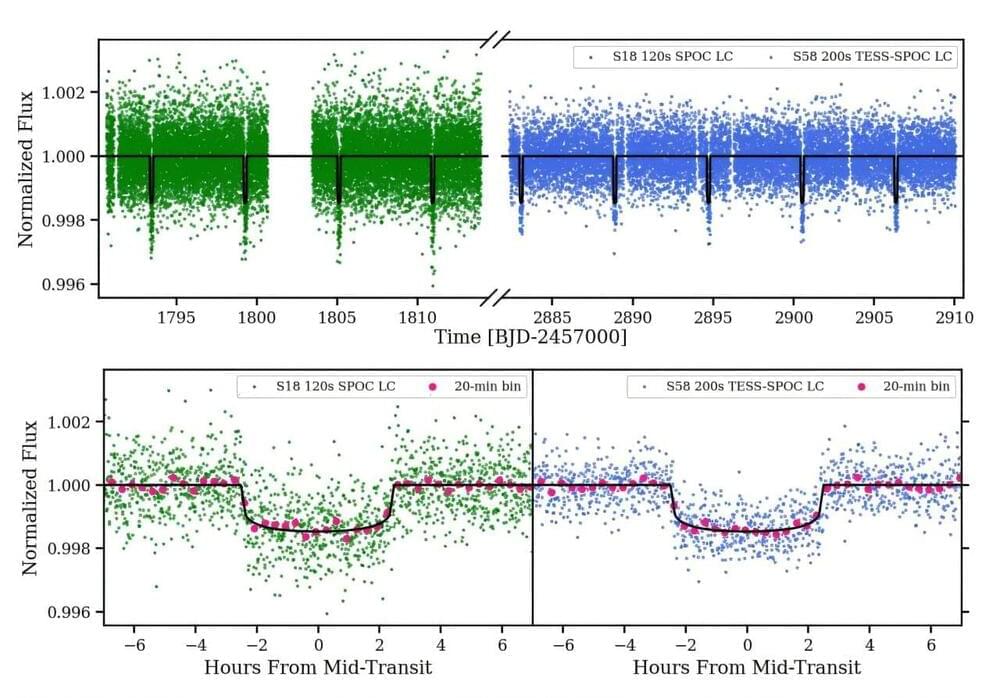In today’s AI news, Synthesia, a generative AI start-up based in Britain, has raised $180 million valuing it at $2.1 billion. The company uses artificial intelligence to create lifelike human faces and speech that are almost indistinguishable from real video but do not need cameras, actors or film studios.
And, shortly after OpenAI released o1, its first “reasoning” AI model, people began noting a curious phenomenon. The model would sometimes begin “thinking” in Chinese, Persian, or some other language — even when asked a question in English.
Then, MiniMax is perhaps today best known here in the U.S. as the Singaporean company behind Hailuo, a realistic, high-resolution generative AI video model. Today, for instance, it announced the release and open-sourcing of the MiniMax-01 series, a new family of models built to handle ultra-long contexts and enhance AI agent development.
Meanwhile, Google’s Gemini AI has quietly upended the AI landscape, achieving a milestone few thought possible: The simultaneous processing of multiple visual streams in real time. This breakthrough — which allows Gemini to not only watch live video feeds but also to analyze static images simultaneously — emerged from an experimental application called “AnyChat.”
In videos, IBM’s Luv Aggarwal discusses the importance of data creation, organization, storage, integration, and analytics in creating a seamless data flow that enables data-driven insights. Dive into the world of data flow and discover the key to harmonious business operations.
Eric Schmidt’s new secret project is an AI video platform called “Hooglee”. The billionaire technologist has quietly founded a startup that aims to “bring people closer, simplify communication, and enhance engagement” through artificial intelligence.
Re utilizing AI in the services and hospitality sector that include helping to manage crews and even predict demand. They speak with Caroline Hyde on “Bloomberg Technology”, about integrating AI in hospitality. ‘ + We close out with, tech visionary Martin Warner exploring the future of human potential in an AI-driven world, at TEDxSwansea. As artificial general intelligence rapidly evolves, Warner offers a compelling roadmap to outsmart machines, adapt, and thrive. This insightful guide will inspire optimism about how humanity can harness AI’s power while keeping the human spirit at the forefront.






